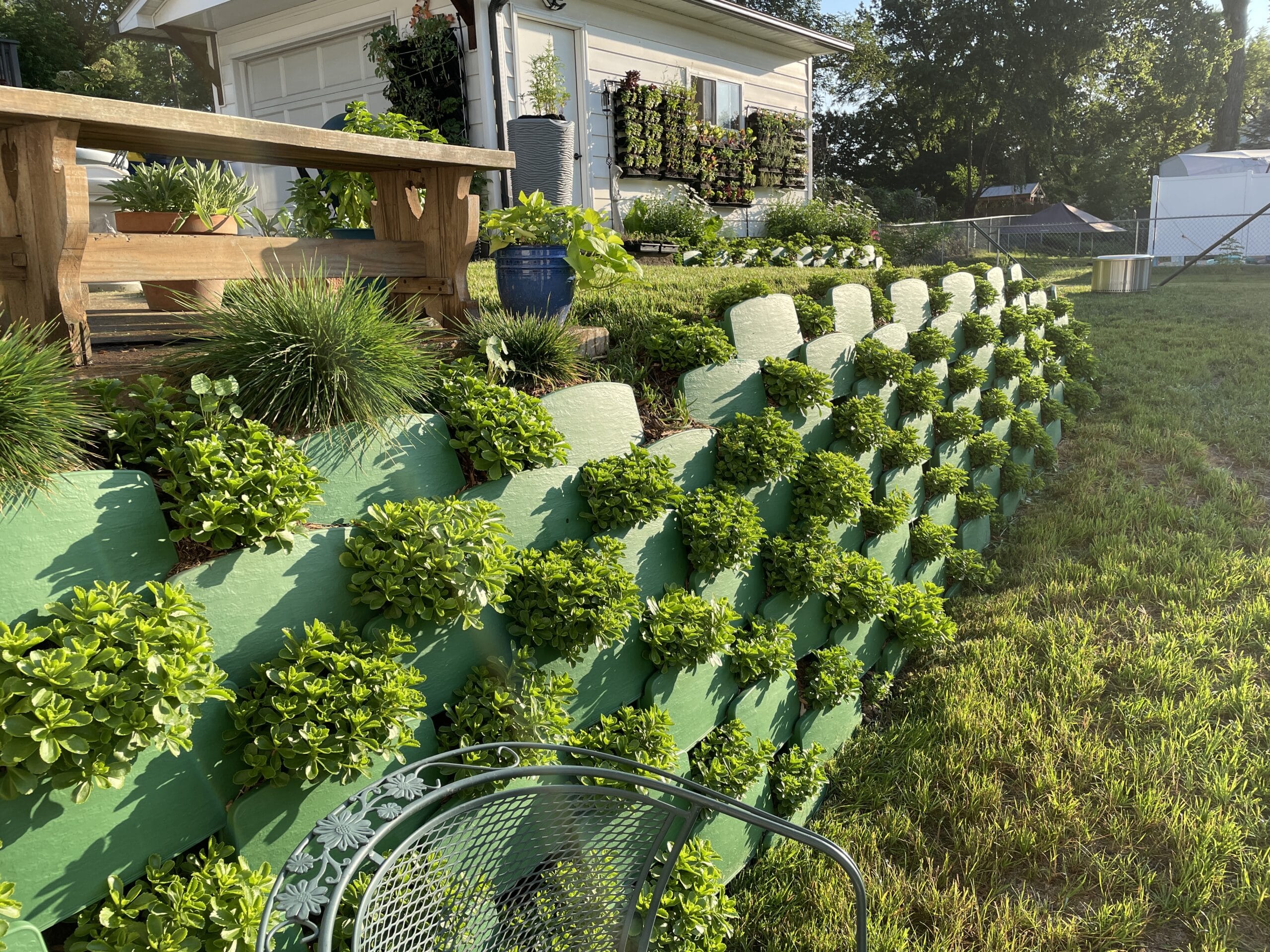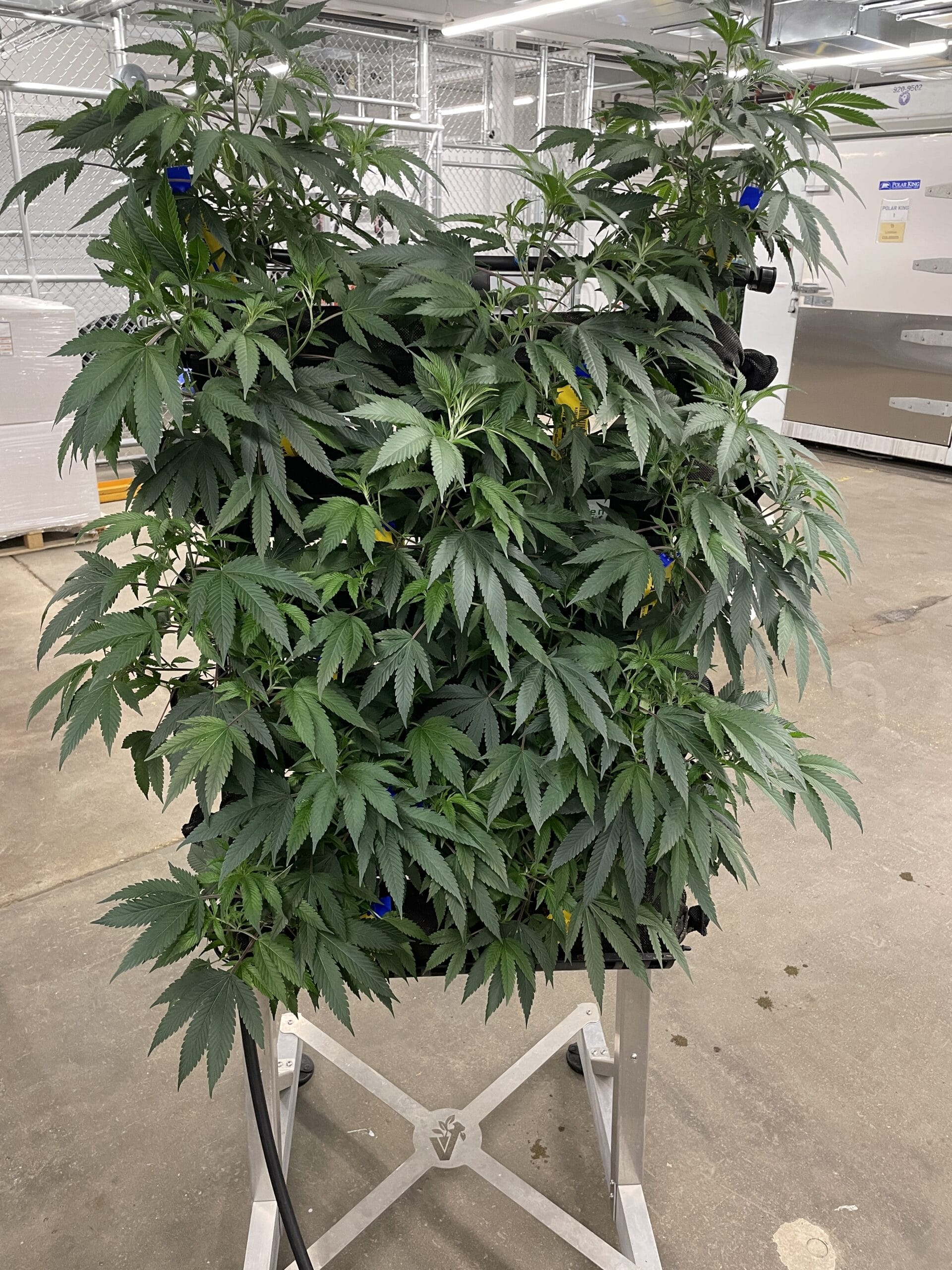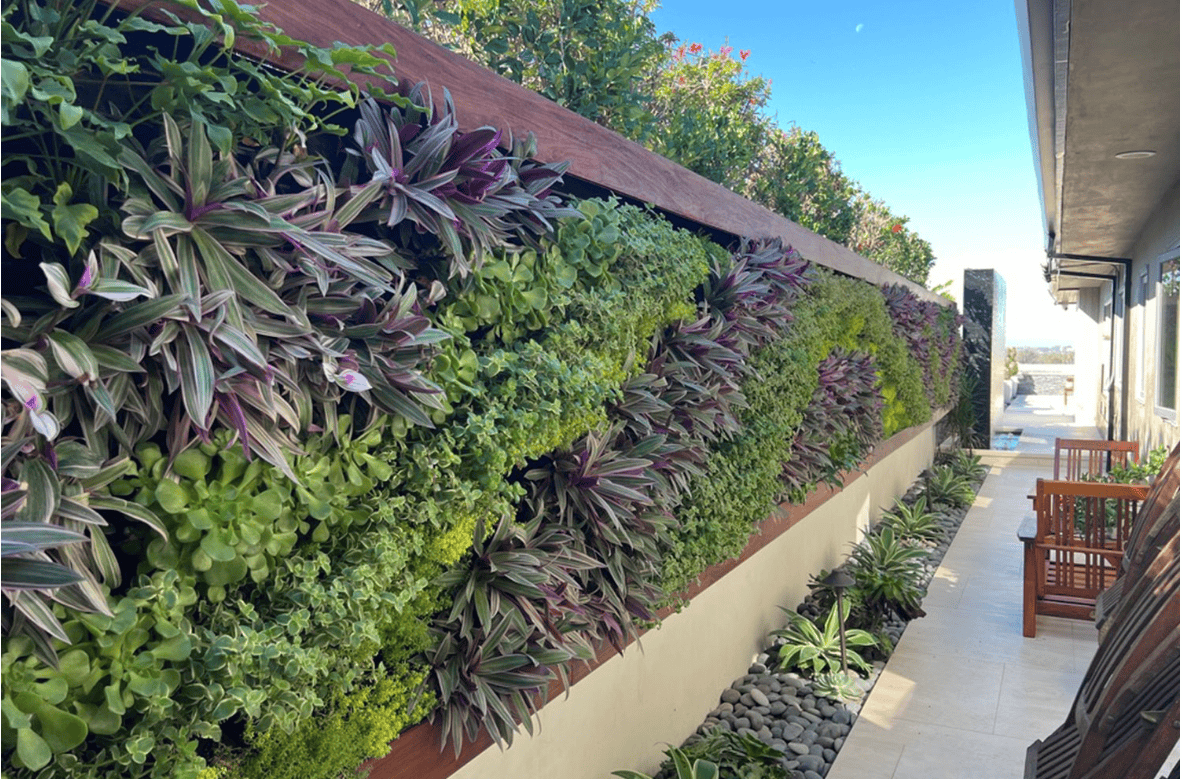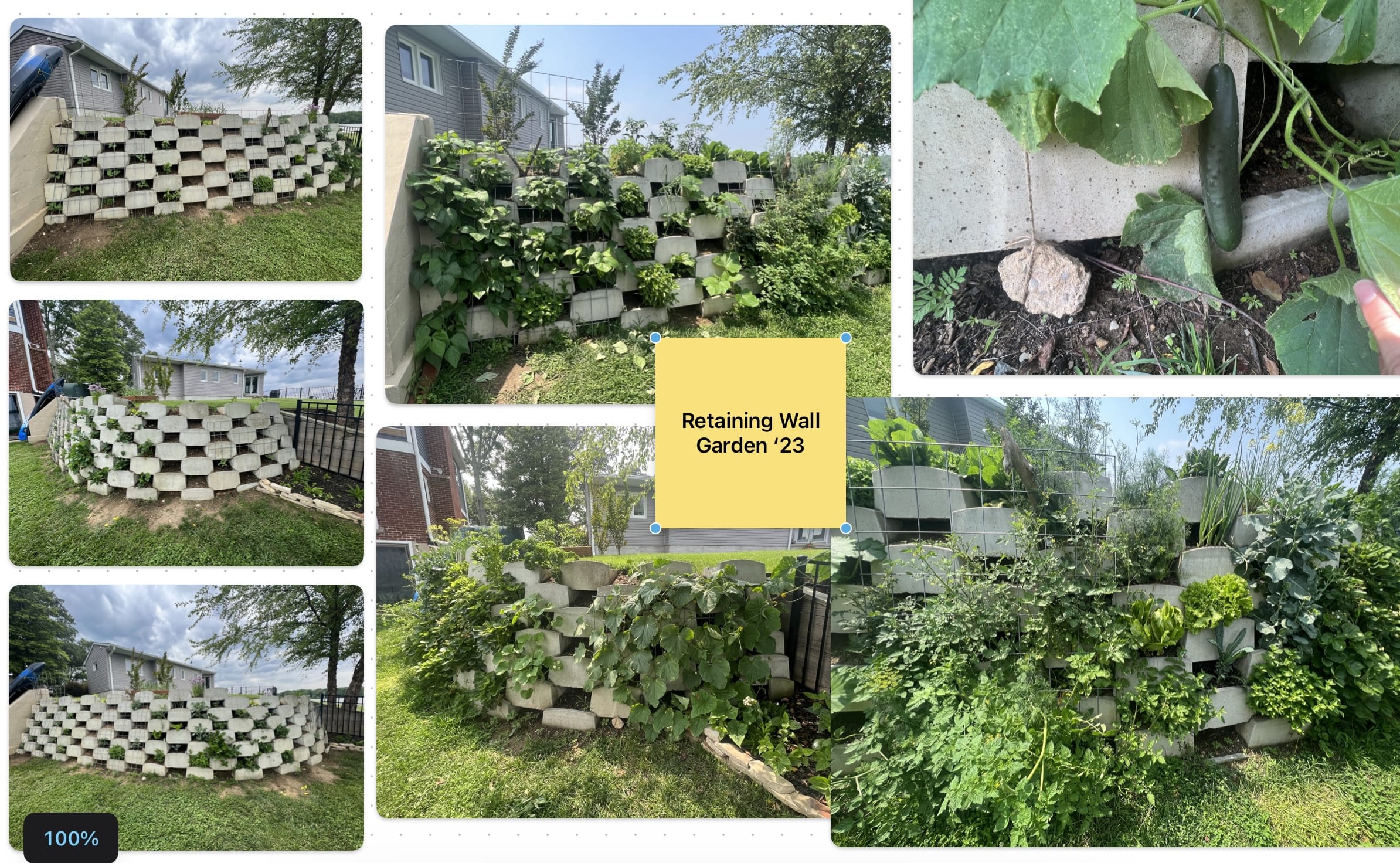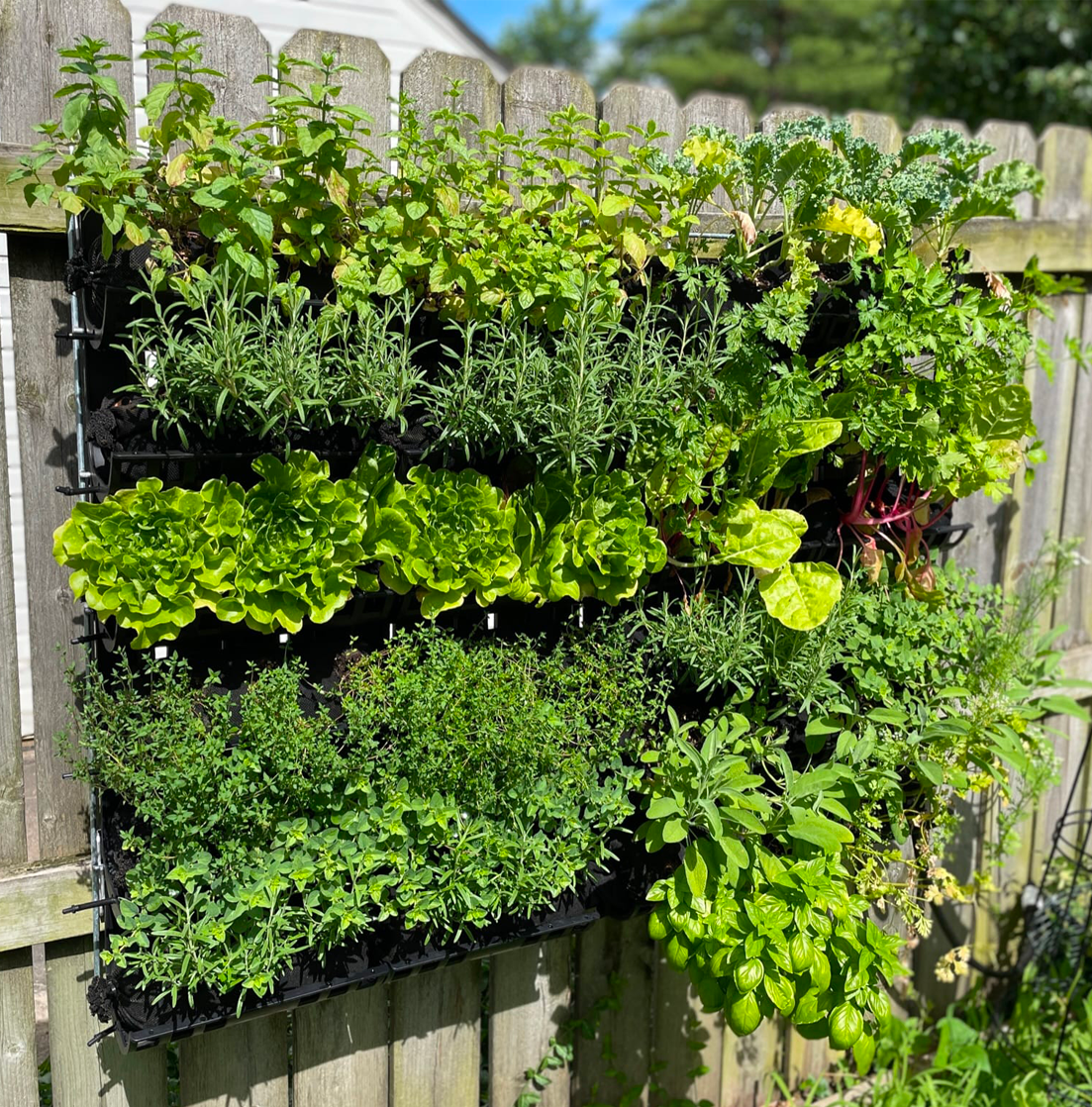Continual Harvesting for Year Round Gardening
 If you live in an area with a 4-season climate you may be wondering how you can make the most out of your limited growing season. If you can’t grow year-round there are two techniques that can help maximize vegetable garden yield. Planting in succession can be a great hack to ensure that you will have veggies ripening 1-2 weeks apart. This technique involves planting veggies that mature at different rates. Successive planting will leave you with a manageable supply of food to utilize and not feel overwhelmed or allow things to mold or go bad. The other technique is referred to as continual harvesting. This means that you will be able to harvest leaves or other parts of the plant multiple times throughout the growing season. The continual harvest method is very efficient and effective, but it requires proper plant selection in order to be successful. Don’t worry, we have some suggestions that will work for early spring, mid-summer, and late summer. This will ensure you get to grow your own supply of food no matter the time of year. I will break down each crop as its own bullet point for easy reference!
If you live in an area with a 4-season climate you may be wondering how you can make the most out of your limited growing season. If you can’t grow year-round there are two techniques that can help maximize vegetable garden yield. Planting in succession can be a great hack to ensure that you will have veggies ripening 1-2 weeks apart. This technique involves planting veggies that mature at different rates. Successive planting will leave you with a manageable supply of food to utilize and not feel overwhelmed or allow things to mold or go bad. The other technique is referred to as continual harvesting. This means that you will be able to harvest leaves or other parts of the plant multiple times throughout the growing season. The continual harvest method is very efficient and effective, but it requires proper plant selection in order to be successful. Don’t worry, we have some suggestions that will work for early spring, mid-summer, and late summer. This will ensure you get to grow your own supply of food no matter the time of year. I will break down each crop as its own bullet point for easy reference!
 Swiss Chard– This crop is a real standout during warm weather. Chard is known for its’ showy rainbow stalks that are an amazing addition to salads, pasta dishes, omelets, or sautéed with olive oil and garlic. It can be eaten raw or cooked and a perfect substitute for spinach. When harvesting, just cut the outer leaves at the base of the plant and leave a few interior leaves for next time!
Swiss Chard– This crop is a real standout during warm weather. Chard is known for its’ showy rainbow stalks that are an amazing addition to salads, pasta dishes, omelets, or sautéed with olive oil and garlic. It can be eaten raw or cooked and a perfect substitute for spinach. When harvesting, just cut the outer leaves at the base of the plant and leave a few interior leaves for next time!
Basil– This is a highly productive herb in a vertical system and grows like a weed. Basil is extremely versatile as a garnish or can be used as the main ingredient in things like pesto. Nothing beats some fresh pesto on a warm summer night. Once your basil plant is mature and getting pretty top heavy you will want to identify the main stem and cut a few inches from the top. Try to cut above a node, if possible, this will actually make your basil plant grow wider instead of taller. You will end up with a vigorous and bushy basil plant that will produce into late summer.
Mustard Greens– A very simple leafy green to grow in a vertical garden. Goes crazy in the full sun and grows back quickly. Harvest the outer leaves and incorporate them into chopped salads, soups, or try adding them to a stir fry to enhance the flavor!
Leeks– These are part of the onion family; the top growth is quite tasty and grows back quickly. Cut the vegetation above the soil level and new growth will continue to appear. Simply add to any dish just as you would an onion. Great in soups, pan fried, or sautéed in olive oil.
 Leafy Greens– Vertical gardens are perfect for growing any leafy greens in virtually no space. When planting in raised beds, lettuces sprawl out and utilize a lot of valuable space in your vegetable garden. Growing these vertically will be more efficient and allow you to continually harvest throughout the season. The rule of thumb with greens is to harvest the outside leaves from the base of the plant near the soil level. Leave some interior leaves that will capture sunlight and create energy needed to put on new growth. Some of these include: spinach, romaine, sorrel, kale, chard, collards, mizuna, arugula, and bok choy. A very versatile and productive group that can be an awesome addition to any summer meal!
Leafy Greens– Vertical gardens are perfect for growing any leafy greens in virtually no space. When planting in raised beds, lettuces sprawl out and utilize a lot of valuable space in your vegetable garden. Growing these vertically will be more efficient and allow you to continually harvest throughout the season. The rule of thumb with greens is to harvest the outside leaves from the base of the plant near the soil level. Leave some interior leaves that will capture sunlight and create energy needed to put on new growth. Some of these include: spinach, romaine, sorrel, kale, chard, collards, mizuna, arugula, and bok choy. A very versatile and productive group that can be an awesome addition to any summer meal!
Chives– These are super fun to grow vertically because they are very quick and easy. Chives require very little maintenance and almost no skill to harvest. Simply cut back all the way and leave about 2” above the soil line between each harvest. An awesome garnish and can be incorporated into soups, salads, omelets, and main dishes to accompany your protein or side dish. Chives can also be taken inside a garage or basement during late winter and will have the opportunity to come back in early spring. Depending on your hardiness zone these can be grown year-round.
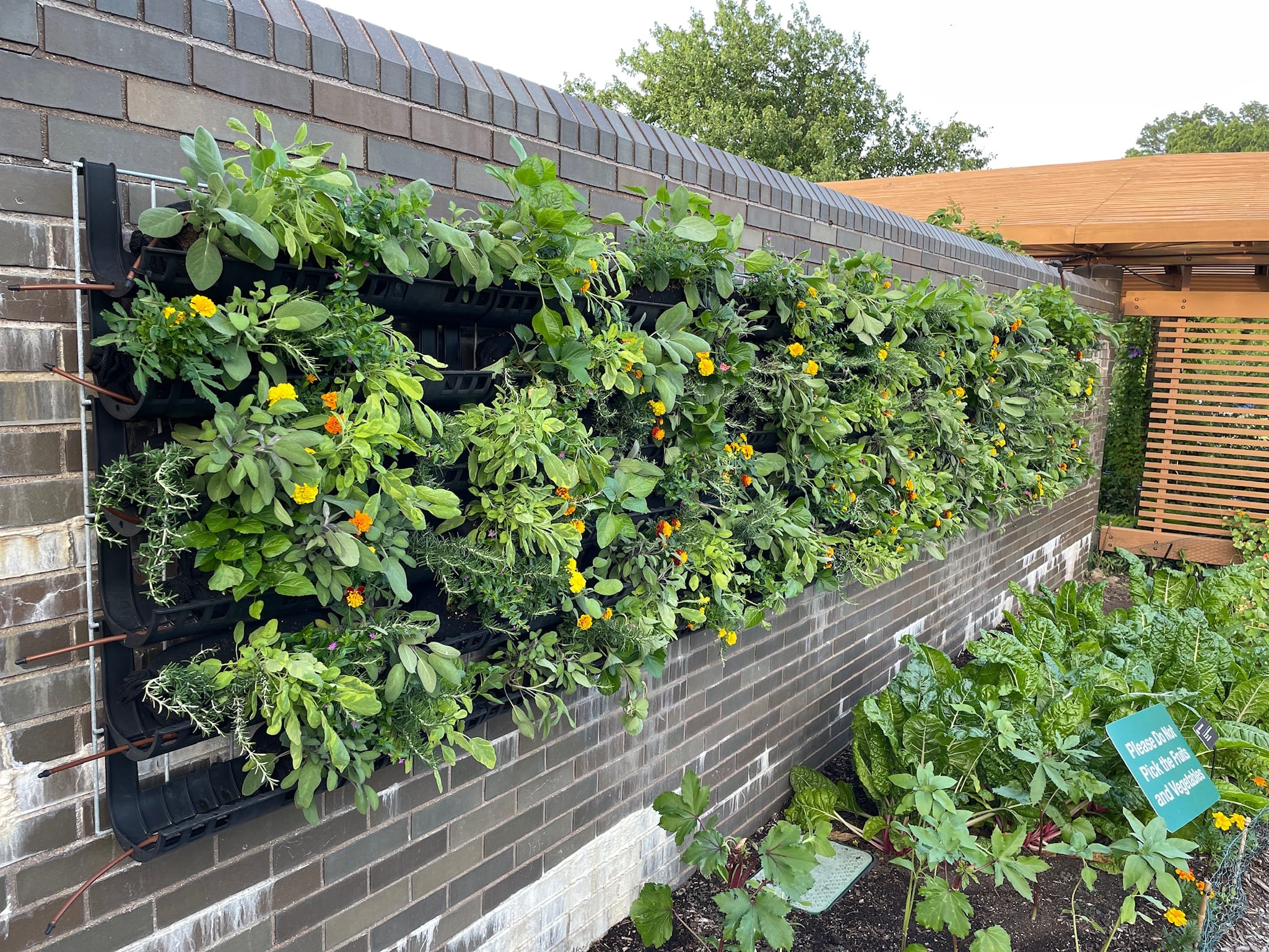 These are some great herbs and veggies to start with if you are new to home gardening. Typically all lower maintenance and easy to continually harvest. All of these will thrive in your vegetable garden or vertical garden! Successive planting can require a bit more thought and planning than continual harvesting. If you are looking for a more laid back gardening experience, I would stick to some of the selections I mentioned above and try them in one of our Varden Kits! Very easy to water and maintain, giving you a tasty harvest all year-round.
These are some great herbs and veggies to start with if you are new to home gardening. Typically all lower maintenance and easy to continually harvest. All of these will thrive in your vegetable garden or vertical garden! Successive planting can require a bit more thought and planning than continual harvesting. If you are looking for a more laid back gardening experience, I would stick to some of the selections I mentioned above and try them in one of our Varden Kits! Very easy to water and maintain, giving you a tasty harvest all year-round.

